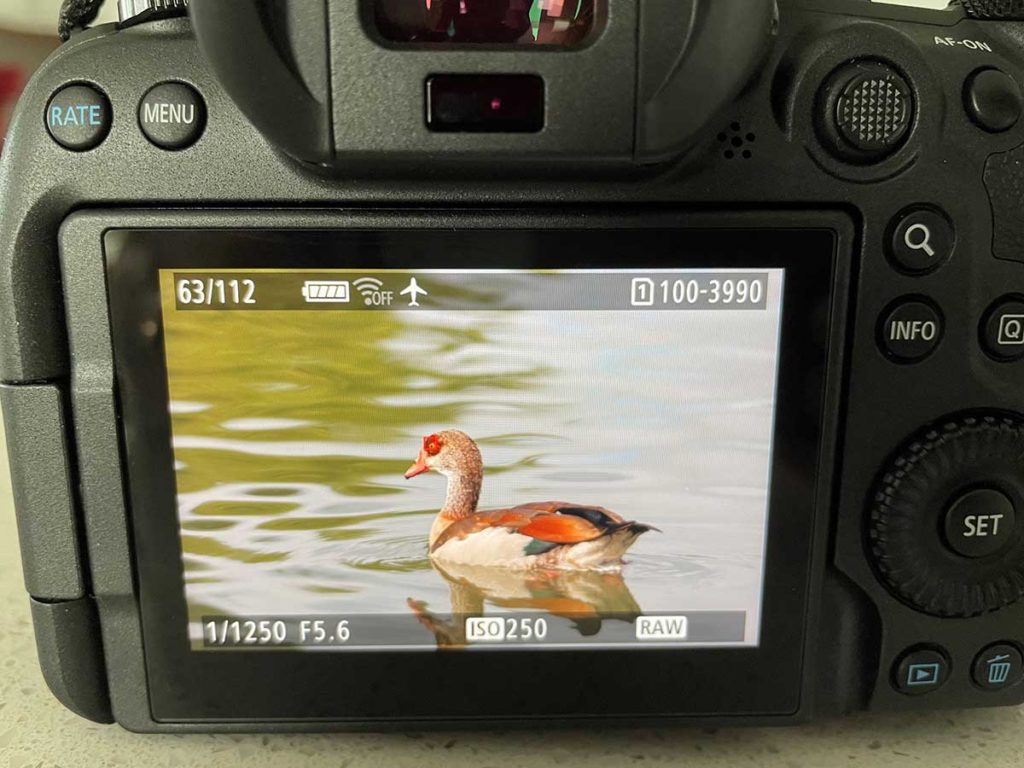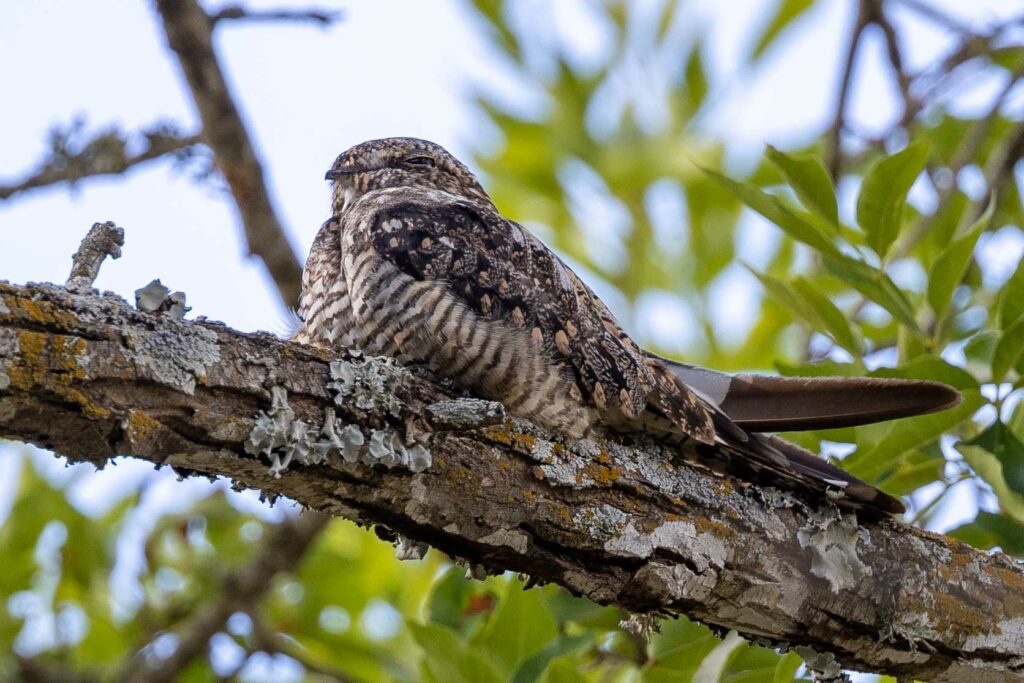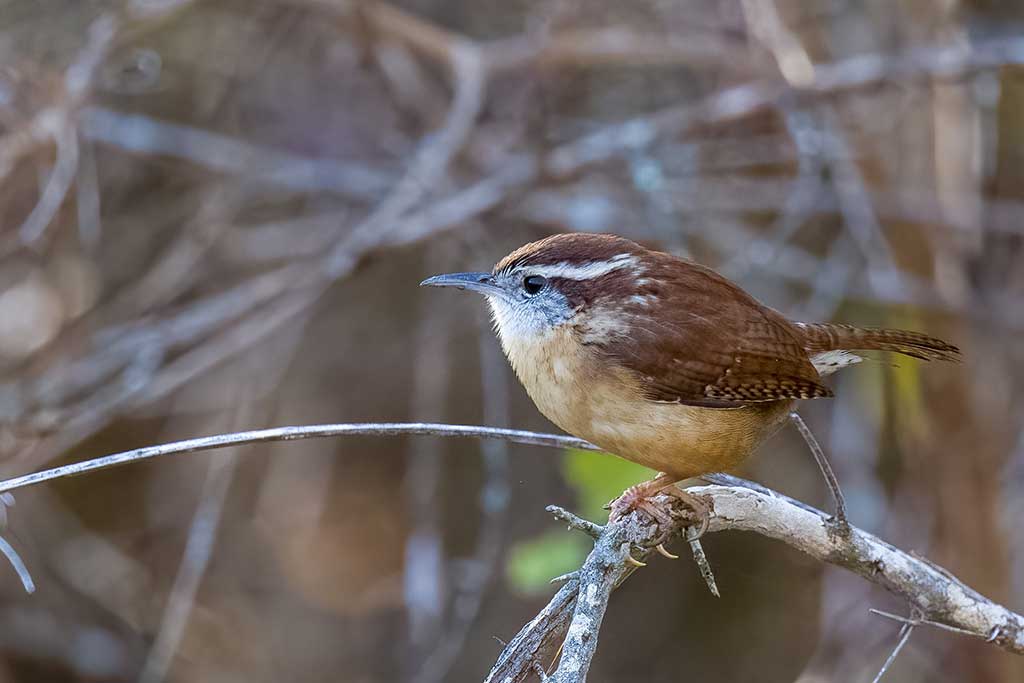In 2014, I got my first camera for bird photography, an entry-level Canon Rebel T5i with a Canon EF 400mm f/5.6L lens. As you can see, I opted to invest in a nice lens with a budget body because the lens has the biggest impact on overall image quality.
For the next seven years, I just focused on taking the best photos I could. I stopped paying attention to what was out there in the camera market. Over that time span, technology has progressed significantly. My friend exposed me to the Canon R5 and explained to me what I’ve been missing feature-wise from my photography setup. Together we identified that the next step down, the R6 would be the best fit for me.
I rented and test-drove the R6 for a weekend and decided to jump on board with it full-time after having a great experience.
I’m not super technically inclined when it comes to camera technology so I will just speak to my own experience with how I’ve been using the camera and what I’ve enjoyed about it.
Animal Eye Autofocus is key
In what I can only describe as “computer vision” the way Canon’s new mirrorless cameras can focus on subjects is truly impressive. The new Animal Eye Autofocus feature detects the eye on an animal subject and locks its focus onto it as it moves through the frame. Rather than being restricted to limited focal points it can detect and focus on subjects all throughout the frame. It’s not perfect, and certainly works better under some conditions rather than others, but it’s a feature I use frequently in tandem with the standard autofocus (more on that later).
In-body Image Stabilization keeps things still
Mirrorless cameras are able to offer IBIS, enabling steadier views through the viewfinder and clearer shots. My lens doesn’t contain image stabilization so this was a welcome feature. Handholding a telephoto lens can be tricky at times to keep still.
Dual Back-button Autofocus is a great idea to consider
The Animal Eye Autofocus is great but doesn’t always work as intended. That’s why it’s a great idea to be able to easily use either focus mode without having to dig through the settings every time. This is where dual back button autofocus comes into play. It gives you the ability to use two different buttons on the back of the camera to focus on the subject instead of using the shutter button. One button does regular autofocus and the other does Animal Eye Autofocus. This was a game-changer for me with this camera once I set it up. Being able to take leverage both focus modes was advantageous.
A reliable birding partner
I’ve tested out this camera on six or so casual birding trips to some local parks. Combined with the 400mm lens I already had, I was able to get many beautiful photos from it.
An example of the Animal Eye Autofocus locking onto the eye of an Egyptian Goose.

Even in low-light shaded areas, it focused on and captured the subject well.
Why did I choose the Canon R6 over R5?
I opted for the R6 over the R5 because of two main reasons: price and no desire to do video. The Canon R6 is not a cheap camera by any means ($2500 USD at the time of writing) but it’s more affordable than the R5. The R5 also excels at taking video over the R6 which I’ve heard tends to overheat. It also offers more megapixels (45 v 20) than the R6. This means you can crop your photos more and print at larger sizes.
The R5’s strengths didn’t entice me enough to choose it, as the R6 is already an astronomical upgrade over my T5i.
In conclusion, the R6 is a great camera for birders
For someone looking to invest in the latest and greatest birding camera, you can’t go wrong with the Canon R6. Animal Eye Autofocus feels like the future and when you use it, you’ll be amazed at how it feels.
Update one year later in 2022
I immensely enjoy this camera setup.
I started this new setup with the R6 and an RF 100-500MM lens. But about four months ago, I added a 1.4x teleconverter extender to get even better reach for faraway birds. This has resulted in even better and more detailed photos. I continue to be impressed by the raw images the R6 captures. Even without editing, it produces rich colors and detail.




